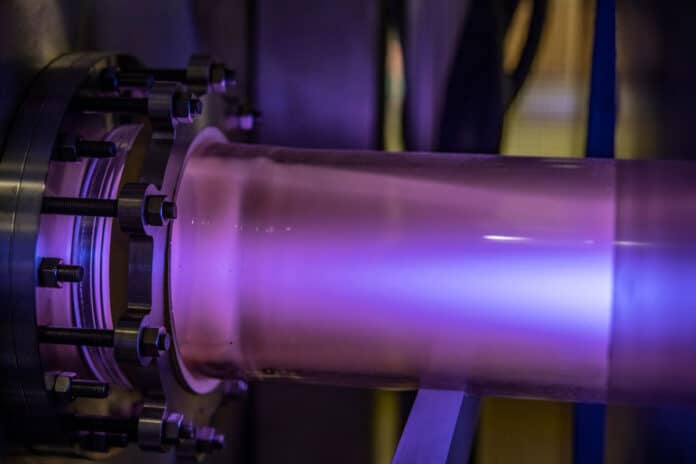The first law of thermodynamics states that energy can neither be created nor destroyed but can be converted into different forms. It has been used to describe many things — including how refrigerators and car engines work. It’s one of the pillars of physics.
The first law of thermodynamics, created in the 1850s, is only valid for systems in equilibrium or a state where a temperature can be precisely determined. For instance, a cup of cold water and a cup of hot water will gradually achieve a warm temperature when combined. This warm temperature is the equilibrium. The water is out of equilibrium when the hot and cold water has not yet reached that endpoint, though.
Likewise, systems need equilibrium in many branches of modern research. The first law has been expanded for common materials out of equilibrium for over a century. However, such ideas only hold when the system is approximately there, such as when the hot and cold water are almost mixed. For instance, in space plasmas, which are far from equilibrium, the ideas do not apply.
West Virginia University physicists have made a breakthrough on an age-old limitation of the first law of thermodynamics. The study is expected to revamp scientists’ understanding of how plasmas in space and laboratories get heated up and may have a wide variety of further applications across physics and other sciences.
Paul Cassak, professor and associate director of the Center for KINETIC Plasma Physics, said, “We generalized the first law of thermodynamics for systems that are not in equilibrium. We did a pencil and paper calculation to find how much energy is associated with matter not being in equilibrium. It works whether the system is close to or far from equilibrium.”
There are several potential uses for their study. The idea will help scientists understand space plasmas, which is crucial for planning for space weather. Huge explosions in the solar atmosphere that release superheated plasma into space are what cause space weather.
Cassak said, “The result represents a large step of our understanding. Until now, the state-of-the-art in our research area was to account for energy conversion only associated with expansion and heating, but our theory provides a way to calculate all the energy from not being in equilibrium.”
Graduate research assistant Hasan Barbhuiya, in the Department of Physics and Astronomy, said, “Because the first law of thermodynamics is so widely used, we hope scientists in a wide array of fields could use our result.”
Groundbreaking research related to Cassak and Barbhuiya’s is being carried out in PHASMA, the PHAse Space MApping experiment, in the WVU Center for KINetic Experimental, Theoretical, and Integrated Computational Plasma Physics.
Journal Reference:
- Paul A. Cassak, M. Hasan Barbhuiya, Haoming Liang, and Matthew R. Argall. Quantifying Energy Conversion in Higher-Order Phase Space Density Moments in Plasmas. Physical Review Letters. DOI: 10.1103/PhysRevLett.130.085201
